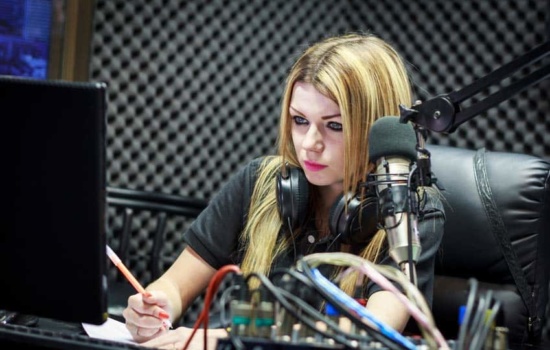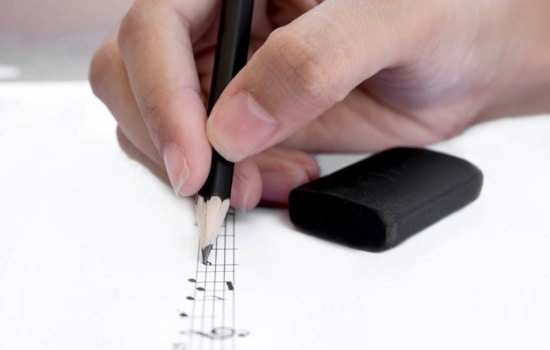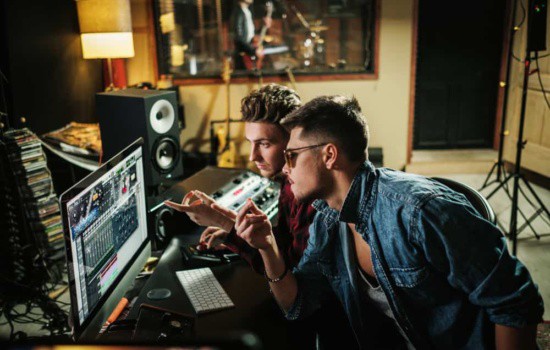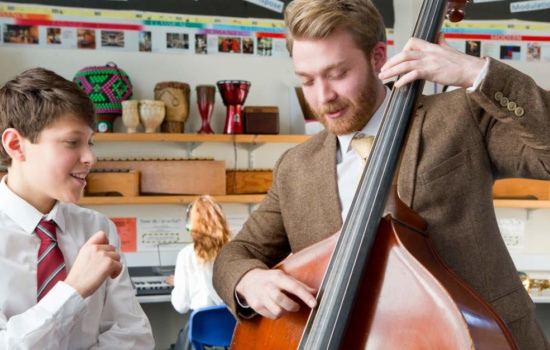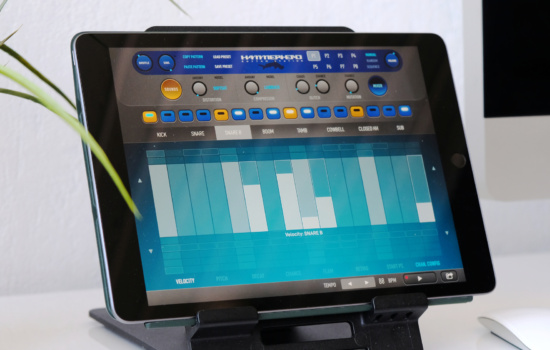The two pillars of the merch table are your CD/vinyl/cassette tape (whichever format you prefer) and your T-shirts. These are the most purchased items out of any band’s catalog. (Tote bags are also becoming increasingly popular.) Decorate your table with stickers and buttons, which should have such a low production cost that you can give them away for free, or charge $1 if you want.
After all, the reason wearable merch is so popular is not only do bands profit from the initial sale, but the wearer provides free marketing for your band for years to come.
So it makes sense to invest in a quality product that won’t fade, get stretched in the wrong places, or have the logo flake off. You don’t want to skimp on your merchandise’s quality to save a buck. You’re putting your name on it; if it falls apart, it reflects poorly on you.
Of course, you shouldn’t bankrupt yourself by ordering only the crème de la crème of merch–say a limited edition silk bomber jacket with your band name emblazoned on it–but don’t order cheap, ugly t-shirts just because they’re inexpensive. People won’t buy them and then you’ll be stuck with 400 crappy shirts. American Apparel brand shirts are basically the standard for well-made band merchandise these days, as you’ll see next time you’re perusing the tables at a show.
Unusual items, limited edition products, or tour only swag will catch the eye of your biggest fans and pull them over to the table. Scarcity equals demand. Tell fans your latest run of T-shirts is limited to 100 and they’ll sell quickly, as long as you’ve laid the foundation by creating a cool design on a well-made shirt.



